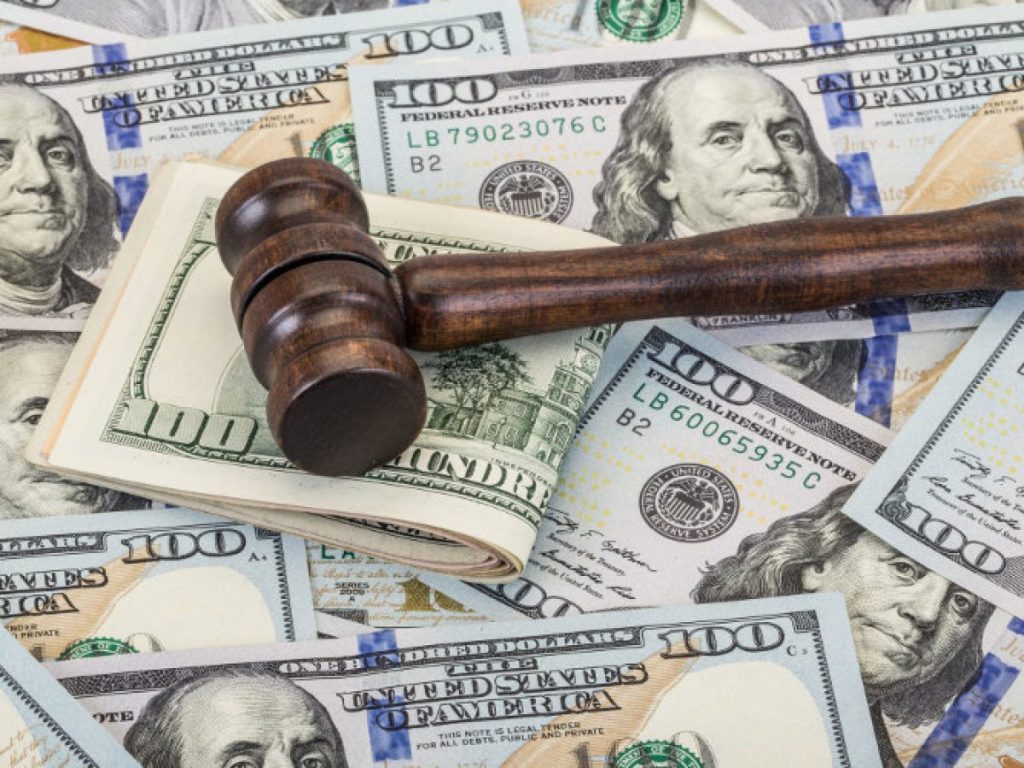U.S. Bankruptcy Filings Surge 13% Over Previous Year, Though Still Below Great Recession Levels.
Bankruptcy filings across the United States climbed sharply over the past year, rising 13.1% in the 12 months ending March 31, 2025, according to new data released by the Administrative Office of the U.S. Courts.
The surge continues a trend of increasing insolvency cases but remains far below the peaks seen in the aftermath of the 2007-2008 financial crisis.
A total of 529,080 bankruptcy cases were filed during the reporting period, up from 467,774 the year before. Business-related bankruptcies accounted for 23,309 filings, marking a 14.7% increase, while non-business (personal) bankruptcies rose 13% to 505,771 cases.
Despite the uptick, bankruptcy levels are still a fraction of what they were in 2010, when nearly 1.6 million cases were filed at the height of post-recession financial distress.
Filings Rise, But Stay Historically Low
The steady rise in bankruptcies marks the latest chapter in a gradual rebound since 2022, when filings hit a 15-year low of just under 381,000 cases.
Each quarter since has shown incremental increases, fueled by a combination of rising consumer debt, higher interest rates, and financial pressures on small businesses.
“The growth in filings reflects the financial realities many Americans and businesses are now facing,” said a bankruptcy analyst familiar with the data. “But it’s also important to note we’re nowhere near the crisis levels we saw after the Great Recession.”
Chapter 7 and Chapter 13 Lead the Way
The vast majority of the new cases, 320,571 were Chapter 7 bankruptcies, which typically involve liquidating assets to repay debts. Another 199,130 filings were under Chapter 13, which allows individuals to reorganize and pay back their debts over time.
Business reorganizations under Chapter 11 accounted for 8,844 cases, while family farmer bankruptcies under Chapter 12 remained rare, with just 259 filings.
Chapter 7 filings made up approximately 60% of all bankruptcy cases filed in the past year, while Chapter 13 filings accounted for roughly 38%.
A Long-Term Shift in Bankruptcy Trends
Data from recent years highlights a notable shift. Business filings, while still a smaller portion of total bankruptcies, have increased significantly since 2023.
Non-business filings, which saw a sharp decline during the pandemic due to federal relief measures like stimulus checks and eviction moratoriums, are now climbing steadily as those protections have expired.
Bankruptcy totals are reported quarterly, offering a rolling snapshot of financial distress nationwide. The latest figures also include detailed breakdowns by county and monthly filing patterns, revealing regional disparities.
Areas with elevated unemployment rates or struggling industries have seen faster growth in bankruptcyfilings compared to national averages.
Related Facts and Context
-
The number of bankruptcy filings peaked at nearly 1.6 million cases in 2010 during the fallout from the Great Recession.
-
Pandemic-era financial assistance played a significant role in suppressing bankruptcy rates through 2021 and early 2022.
-
Rising interest rates and record consumer debt burdens in late 2024 and early 2025 have been major drivers of the recent increase in filings.
-
Business bankruptcies have grown faster than non-business filings over the past two years, signaling strain on small and mid-sized companies.




